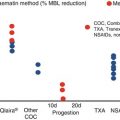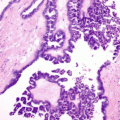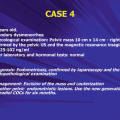Fig. 18.1
Effects of HRT on menopausal disfunctions: doubts and certainties
References
1.
2.
3.
4.
5.
National Institutes of Health; State-of-the-Science Panel (2005) National Institutes of Health State-of-the-Science Conference statement: management of menopause-related symptoms. Ann Intern Med 142:1003–1013CrossRef
6.
7.
Suckling J, Kennedy R, Lethaby A, Roberts H (2006) Local oestrogen for vaginal atrophy in postmenopausal women. Cochrane Database Sys Rev (4):CD001500
8.
Cody JD, Richardson K, Moehrer B, Hextall A, Glazener CMA (2009) Oestrogen therapy for urinary incontinence in postmenopausal women. Cochrane Database Syst Rev (4):CD001405
9.
Townsend MK, Curhan GC, Resnick NM, Grodstein F (2010) The incidence of urinary incontinence across Asian, black, and white women in the United States. Am J Obstet Gynecol 202:378.e1–378.e7CrossRef
10.
11.
12.
13.
Eriksen BC (1999) A randomized, open, parallel-group study on the preventive effect of an estradiol-releasing vaginal ring (Estring) on recurrent urinary tract infections in postmenopausal women. Am J Obstet Gynecol 80:1072–1079CrossRef
14.
Ettinger B, Pressman A, Sklarin P, Bauer DC, Cauley JA, Cummings SR (1998) Associations between low levels of serum estradiol, bone density, and fractures among elderly women: the study of osteoporotic fractures. J Clin Endocrinol Metab 83:2239–2243PubMed
15.
16.
Jackson RD, LaCroix AZ, Gass M, Women’s Health Investigators et al (2006) Calcium plus vitamin D supplementation and the risk of fractures. N Engl J Med 354:669–683PubMedCrossRef
Stay updated, free articles. Join our Telegram channel

Full access? Get Clinical Tree







